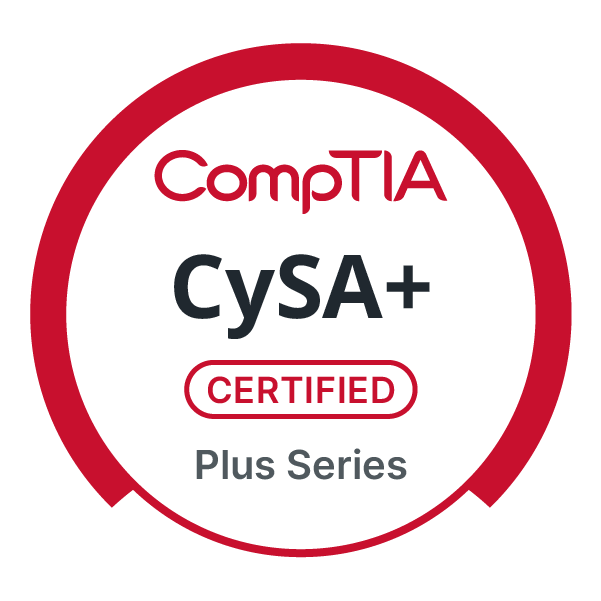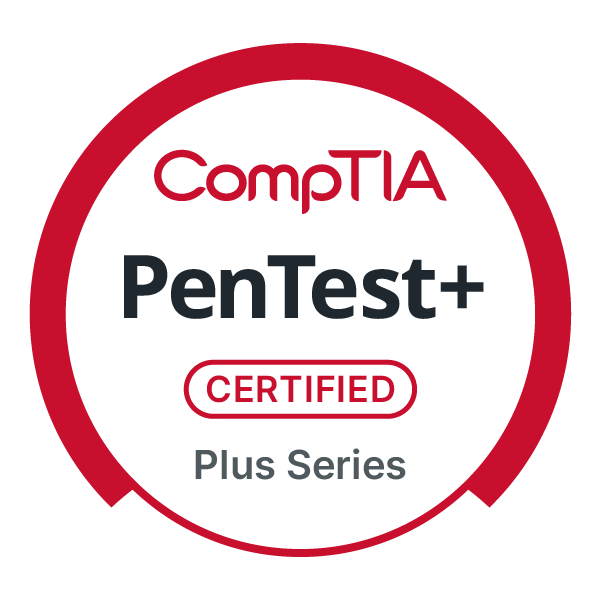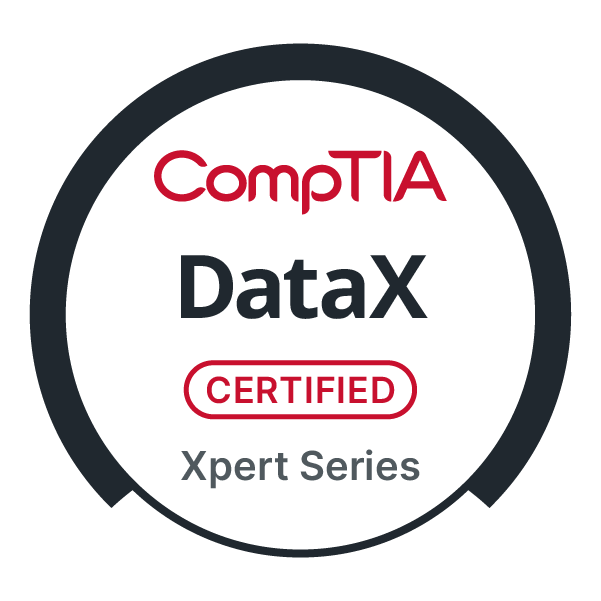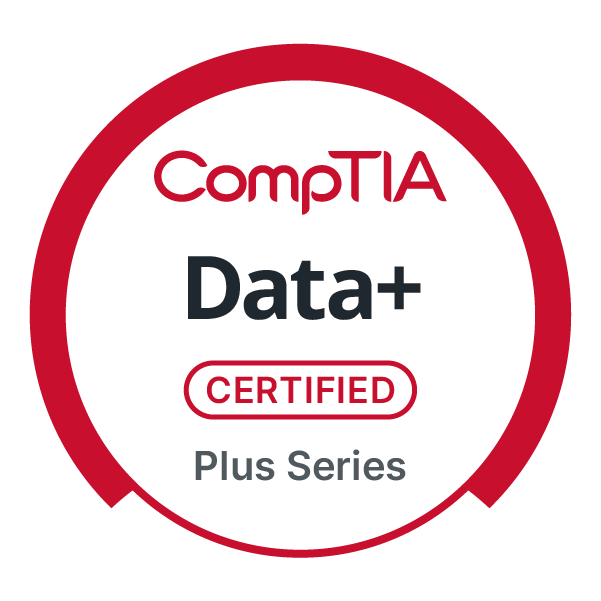CompTIA Training Courses

CompTIA has five IT certification categories that test different knowledge standards—from entry-level to expert. They are divided into the following: Core, Infrastructure, Cybersecurity, Data and Analytics, and Additional Professional.
















Review the following to determine your ideal certification path. Below you will see a comprehensive roadmap to see what your CompTIA Certification options can lead to for your career
CompTIA Pathway to Jobs

Below is a list of the CompTIA Certifications we offer broken up into their respective Domains
Just starting out? Develop your core skills before moving on to the Infrastructure or Cybersecurity pathways.
Confident in your core skills and ready to move on? The infrastructure path is designed for individuals with at least 18 months general IT experience.
Just starting out? Develop your core skills before moving on to the Infrastructure or Cybersecurity pathways.
If you considered Security+ just the start, your focus should be on the Cybersecurity pathway. This path is recommended for individuals who have at least 3 years of hands-on information security or related experience.
If you need to better understand fundamental cloud concepts and how they can impact your business Cloud Essentials+ is your answer. IT professionals who need to manage smaller and less complex projects should look to the Project+ certification to improve their IT Project Management skills.